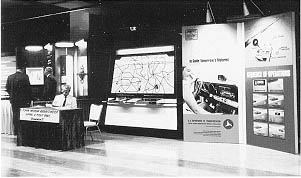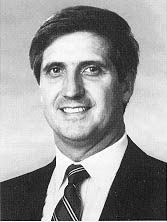| 1914 |
1914 OPR's Charles Moorefield, until today in charge of bridge work, is placed in charge of important concrete road construction in Ohio, involving an expenditure of $320,000. Oscar L. Grover, formerly chief bridge engineer of the Chesapeake and Ohio Railroad and of the Virginia State highway department, assumes responsibility for bridge work.
|
| 1946 |
PRA issues General Administrative Memorandum 300 ("Reimbursement of Costs of Changes to Utility Facilities"), the first all-inclusive instructions in a single document for utility adjustments.
|
| 1968 |
The Committee of Urban Advisors to the Administrator, established in November 1965 by Administrator Rex Whitton, submits The Freeway in the City, a report of findings and recommendations with respect to the planning and design of urban freeways. The introduction notes that, "clearly something is wrong, and the situation cries out for new approaches, particularly in the nonengineering aspects of highway development."
"It is the opportunity for social good implicit in the highway program that deserves to be emphasized. With an awareness of our social goals, and a will to serve them, the highway program can seize that opportunity."
Lowell K. Bridwell
Federal Highway Administrator
"Foreword," The Freeway in the City
May 1, 1968
|
| 1970 |
The Publications and Visual Aids Branch is advised that one of its films, ERGS-69 (Electronic Route Guidance System) has been selected for a Special Award at the 5th Festival of Technical Films, held in Budapest, Hungary.

| FHWA exhibit on Electronic Route Guidance System |
|
| 1992 |
Secretary of Transportation Andrew H. Card, Jr., signs an agreement with the EPA and Department of the Army on streamlining the NEPA and Section 404 wetlands permit processes. Eugene W. Cleckley, Chief of the Environmental Operations Division, had spearheaded the FHWA's role in this initiative.

Andrew H. Card, Jr.
Secretary of Transportation |
|



